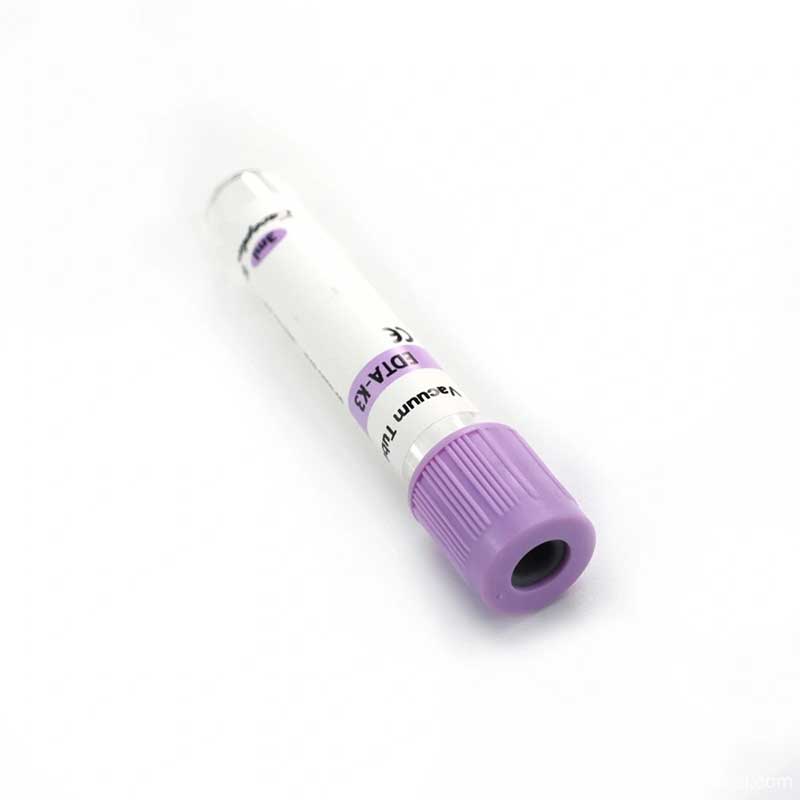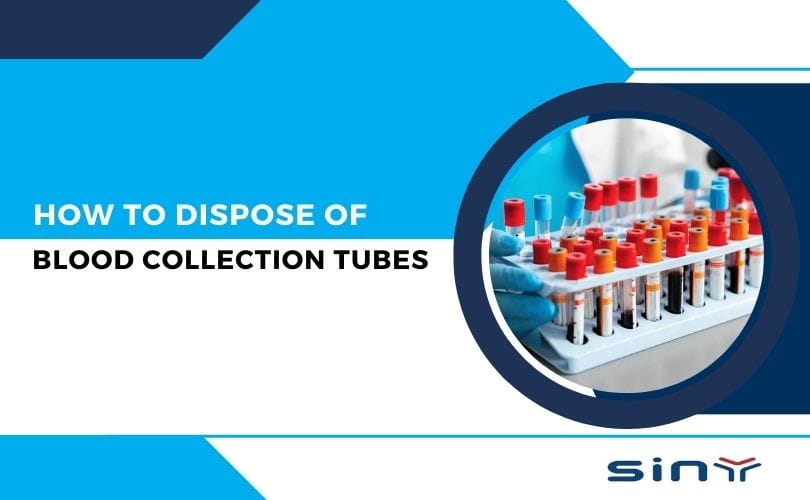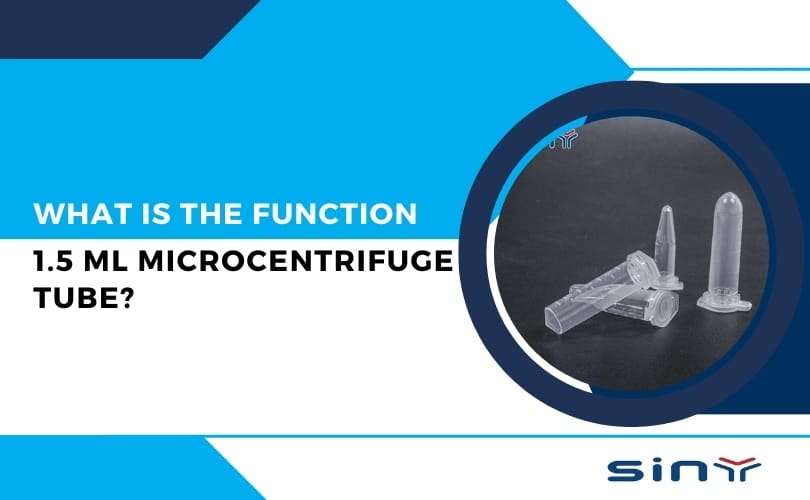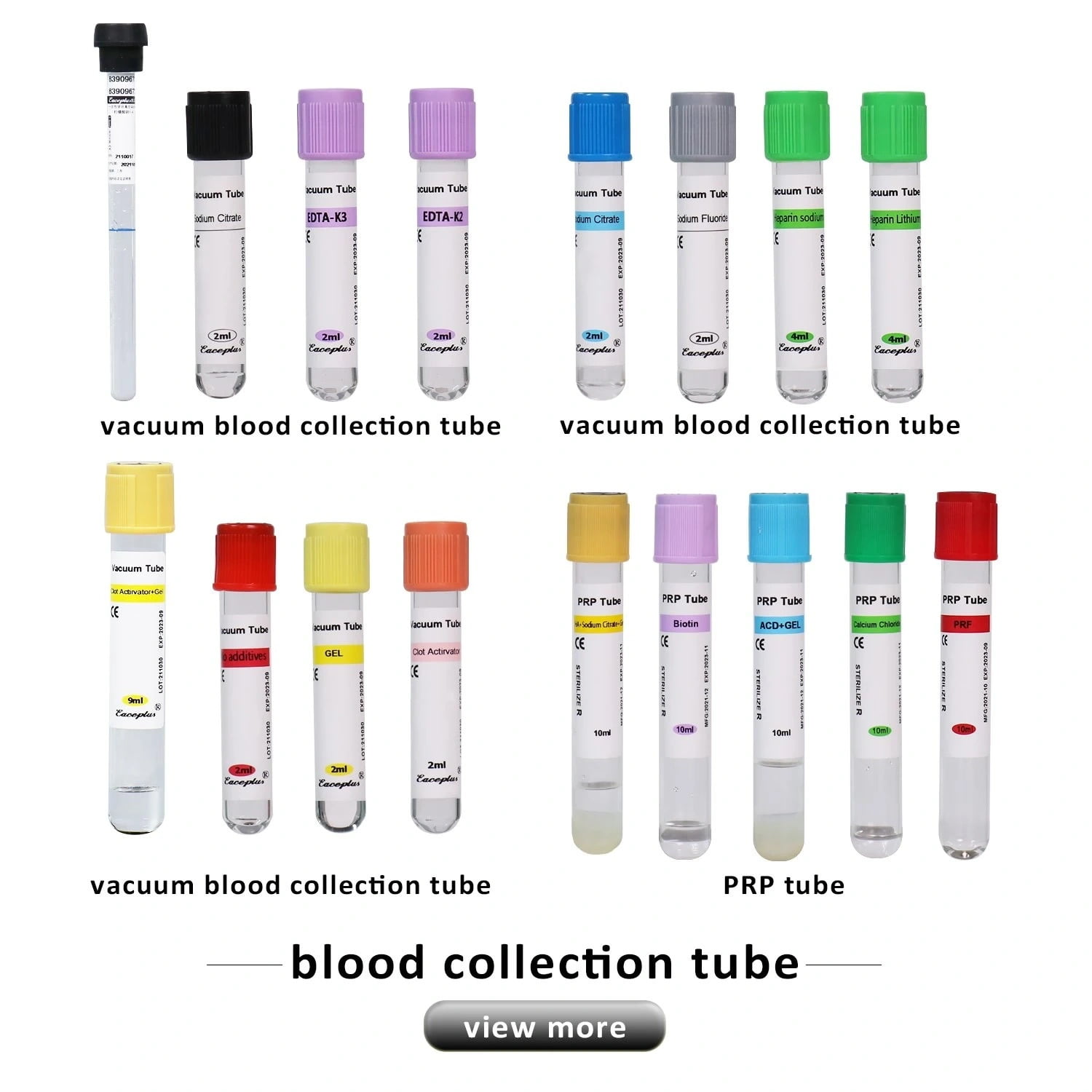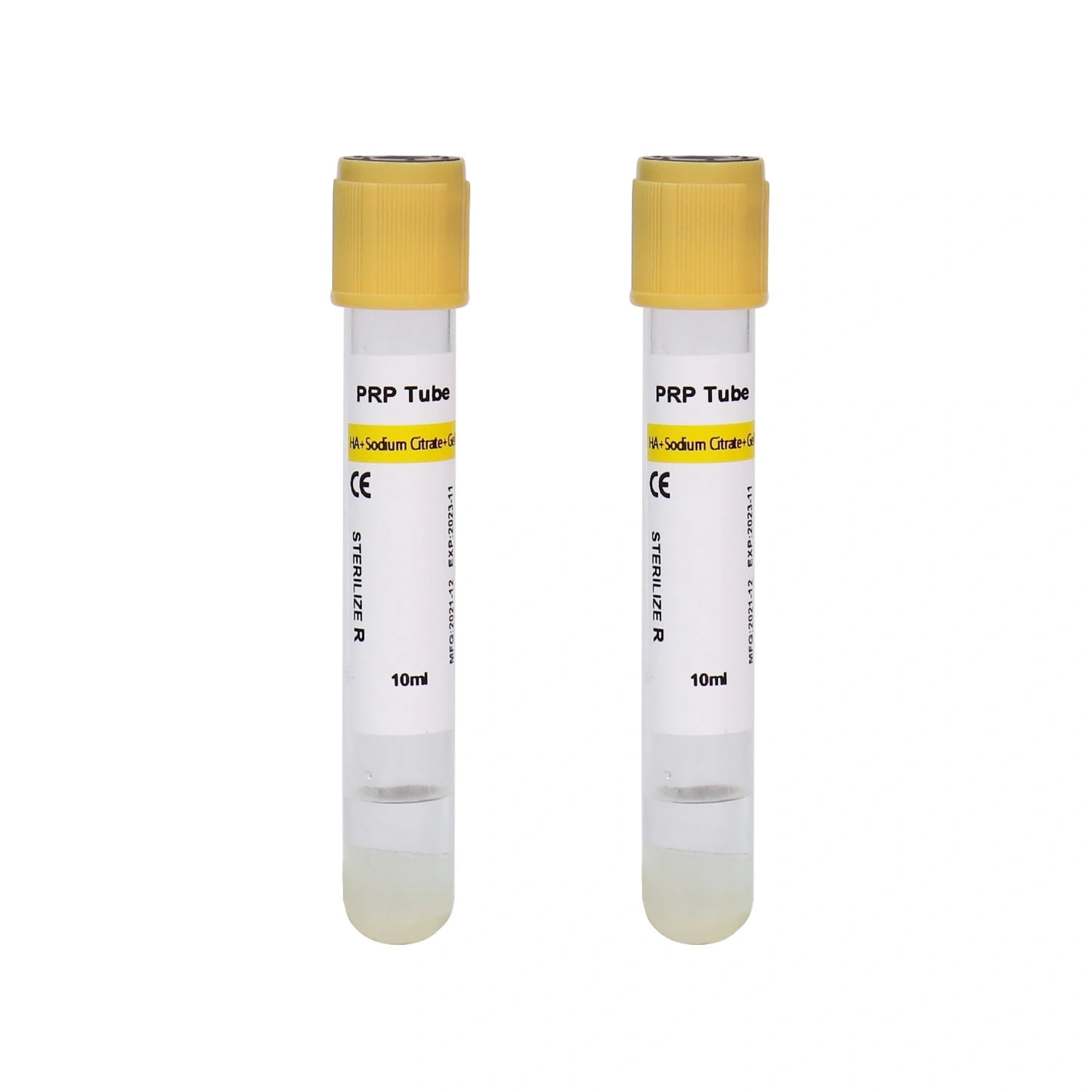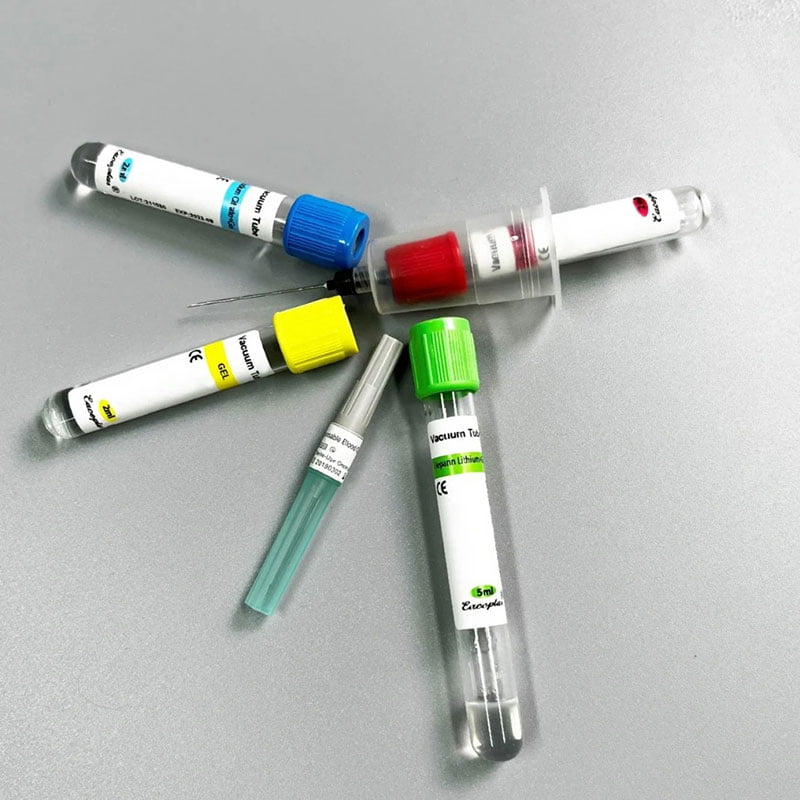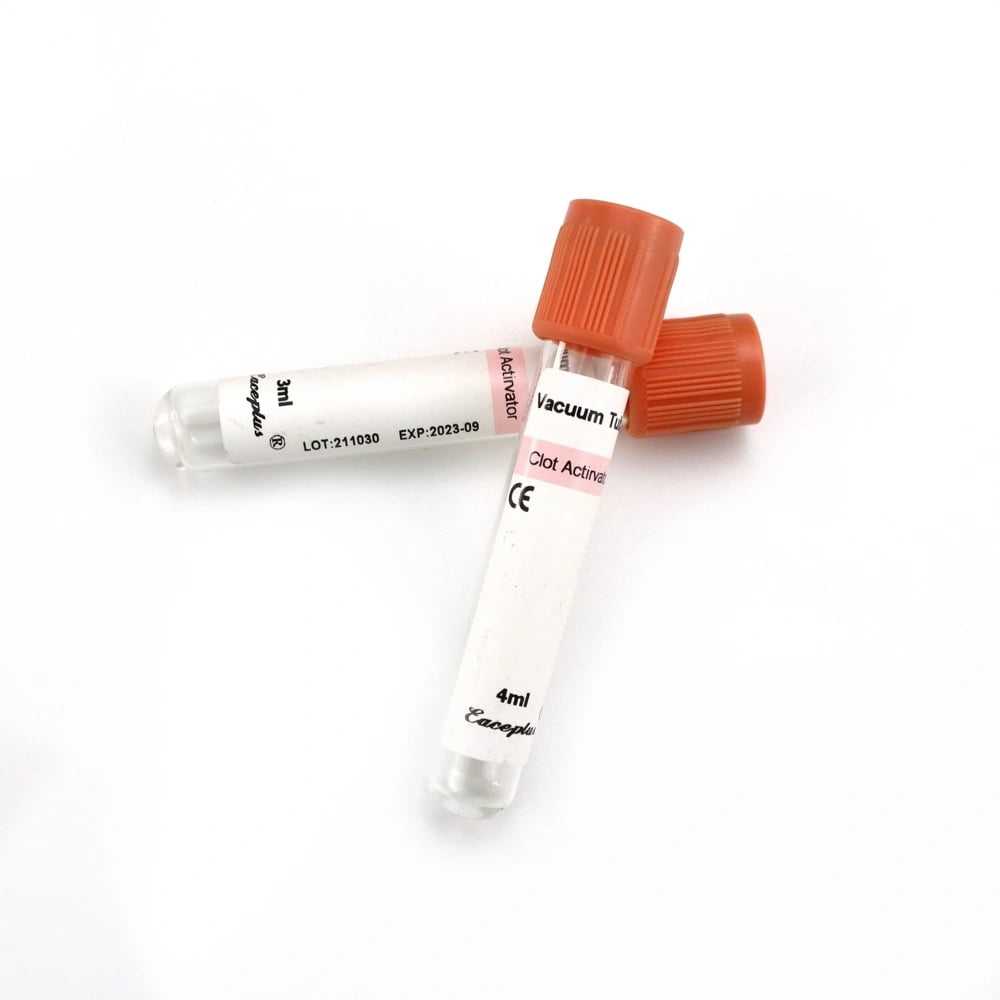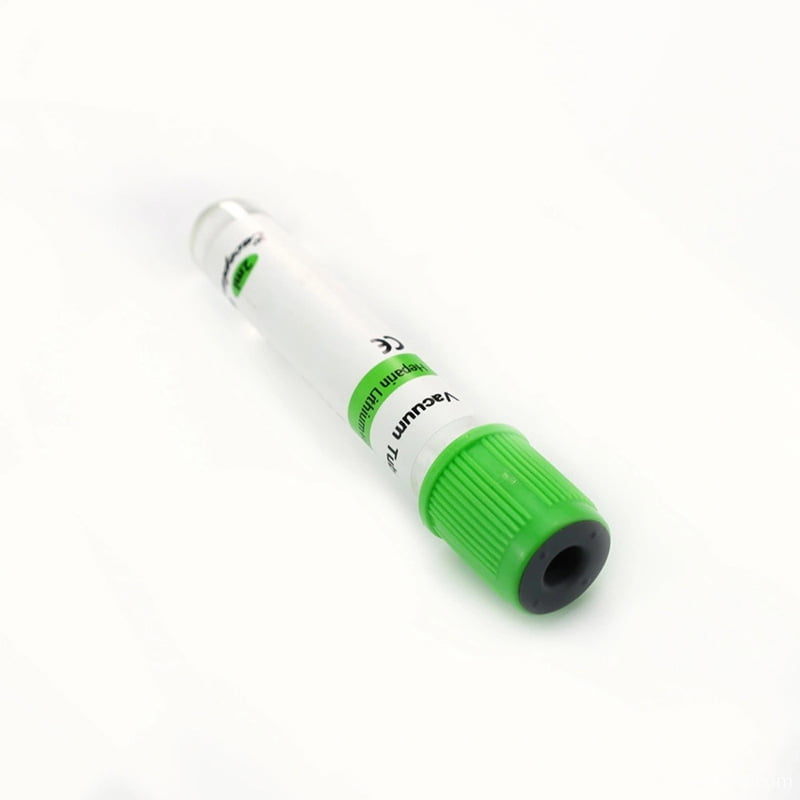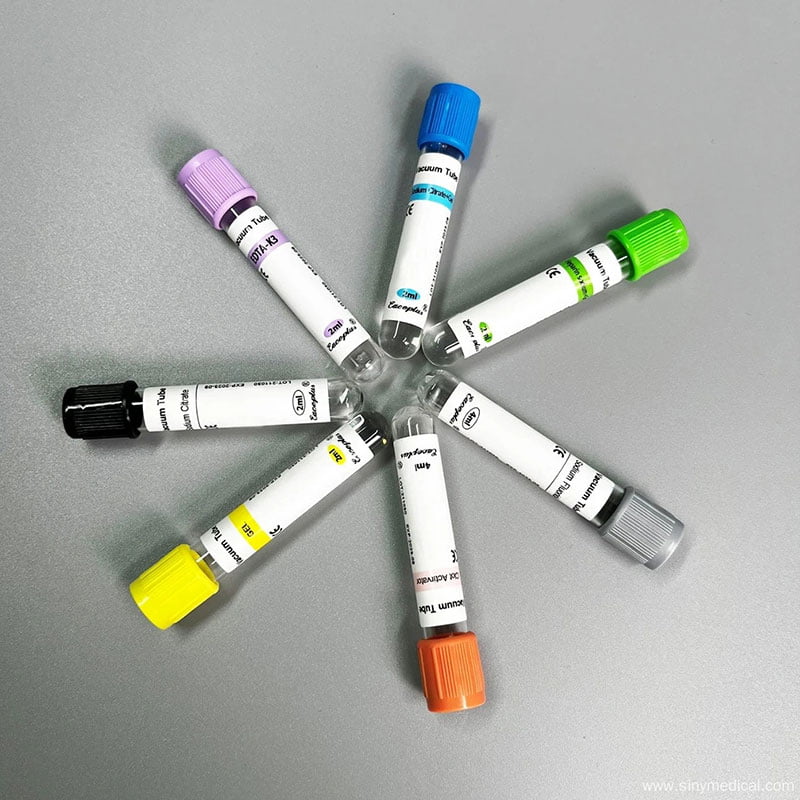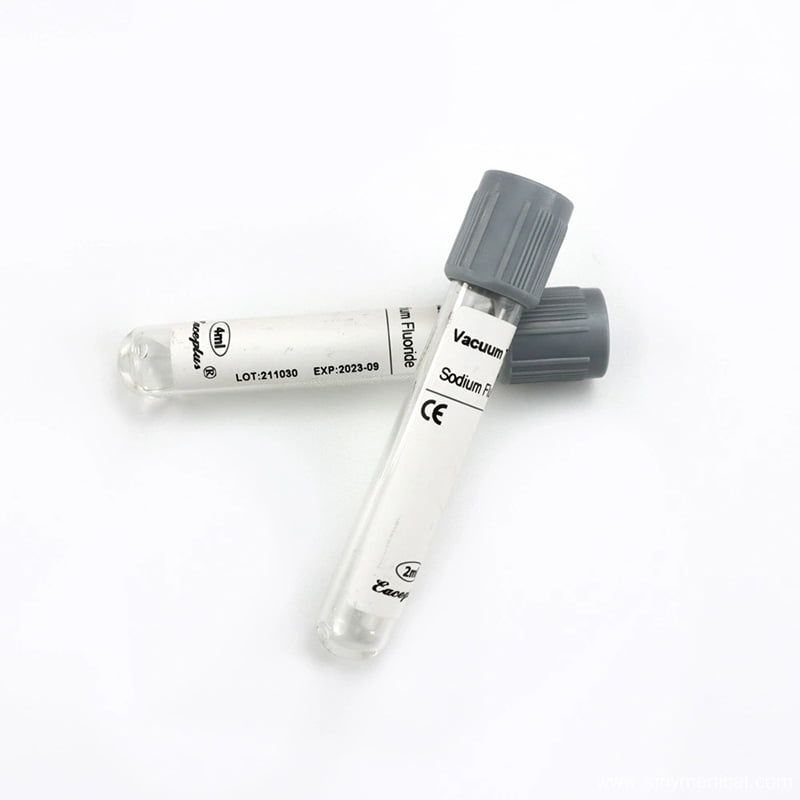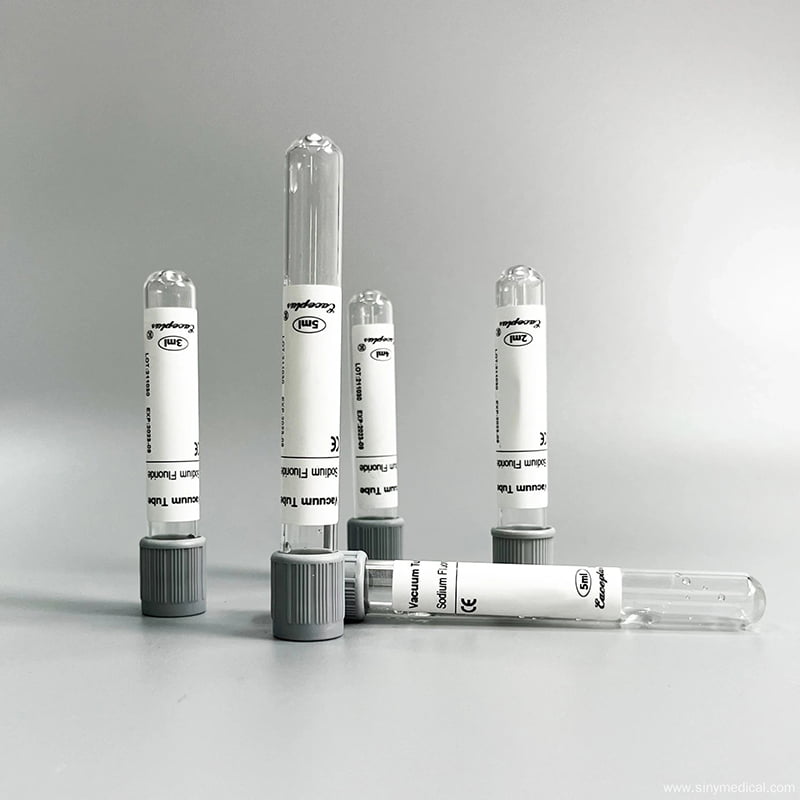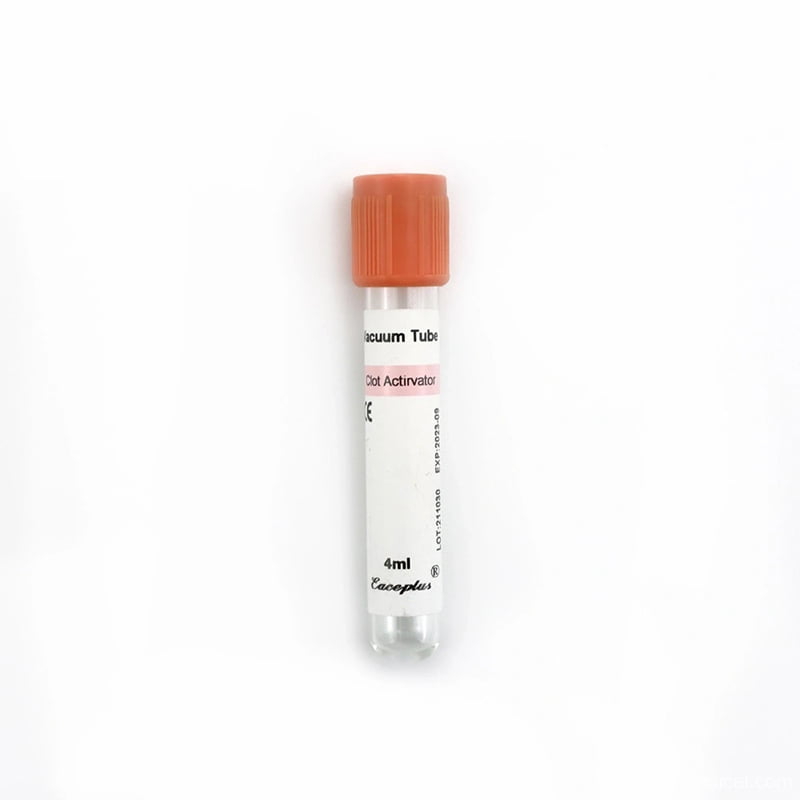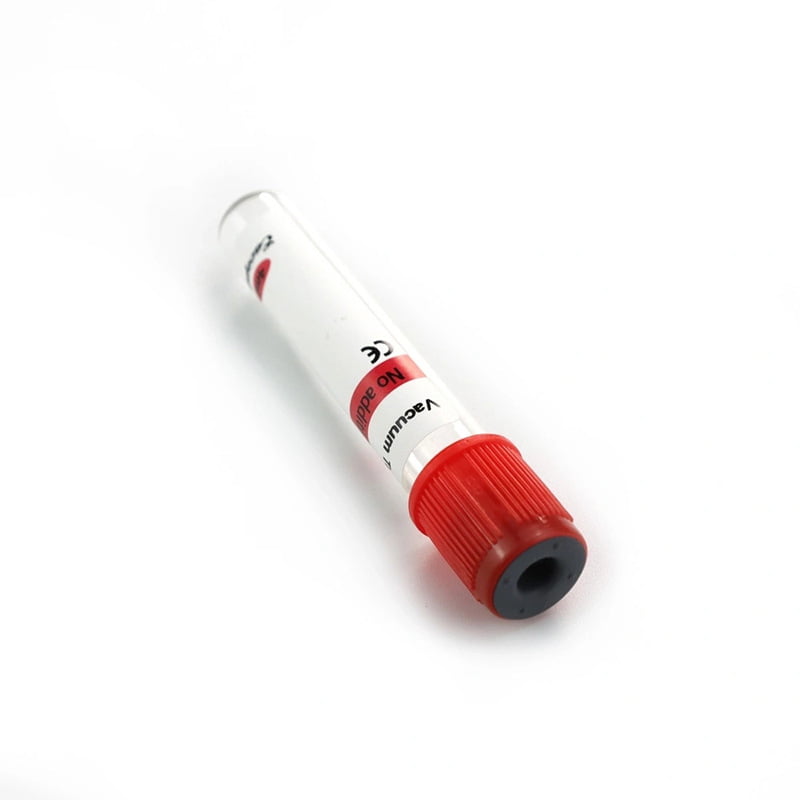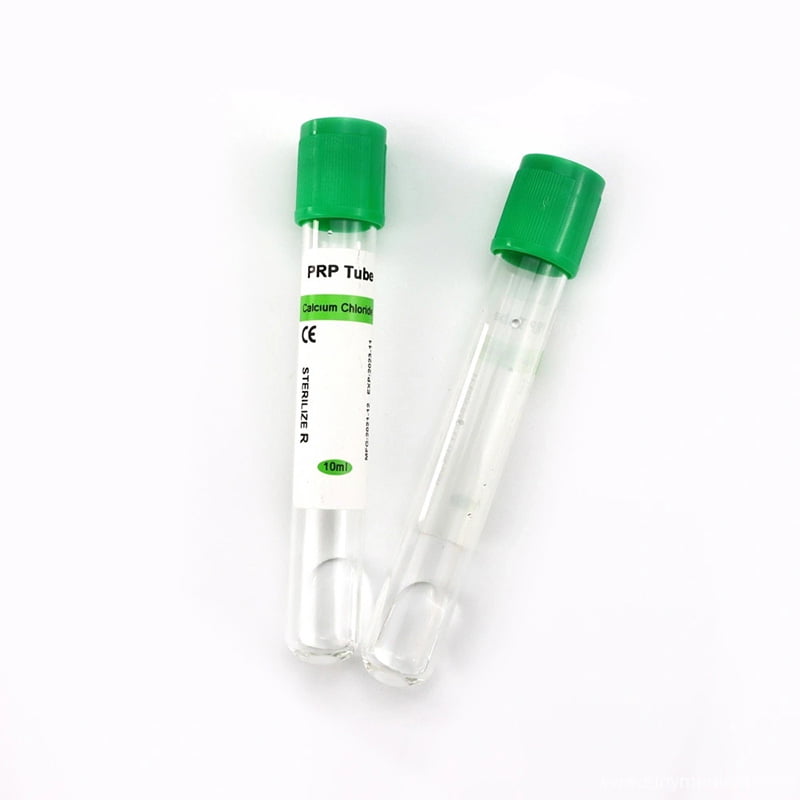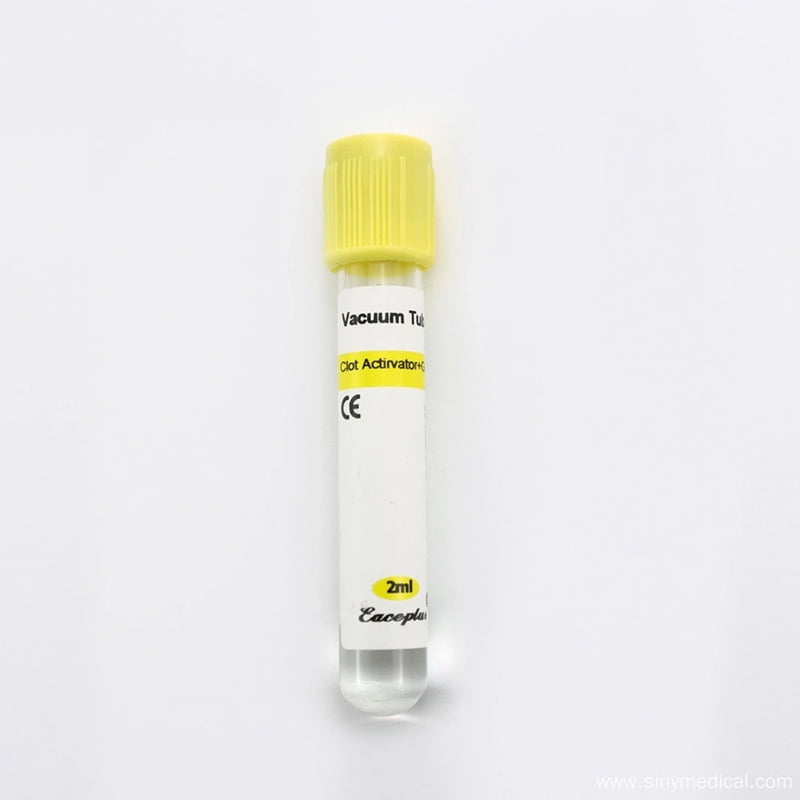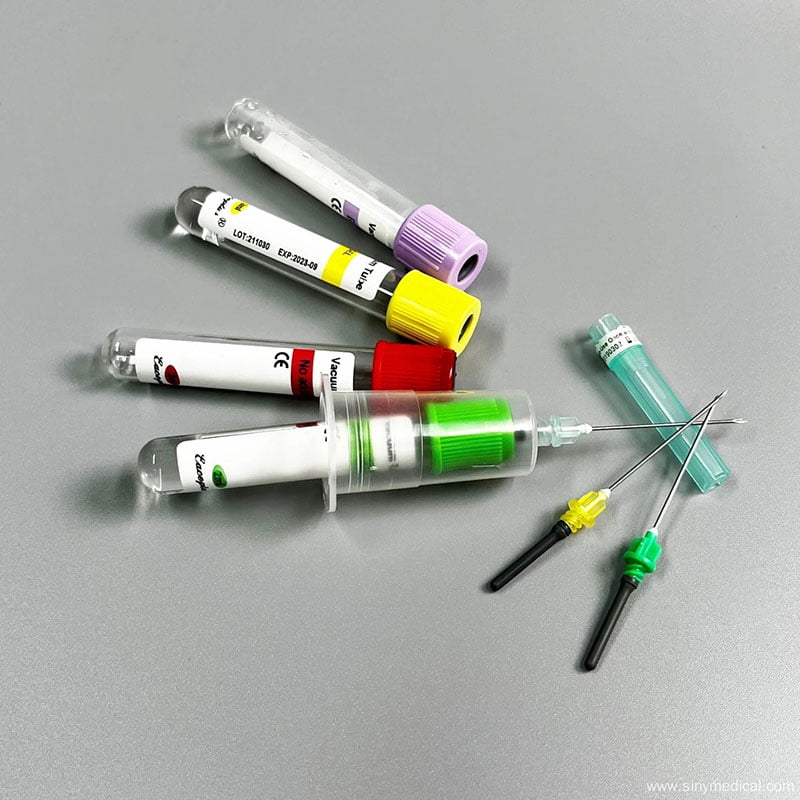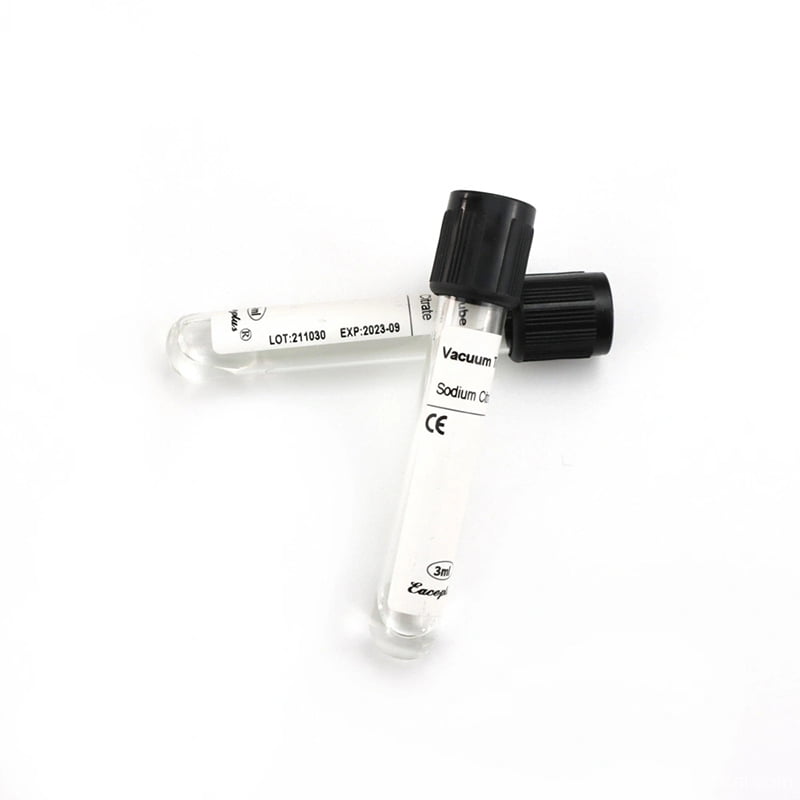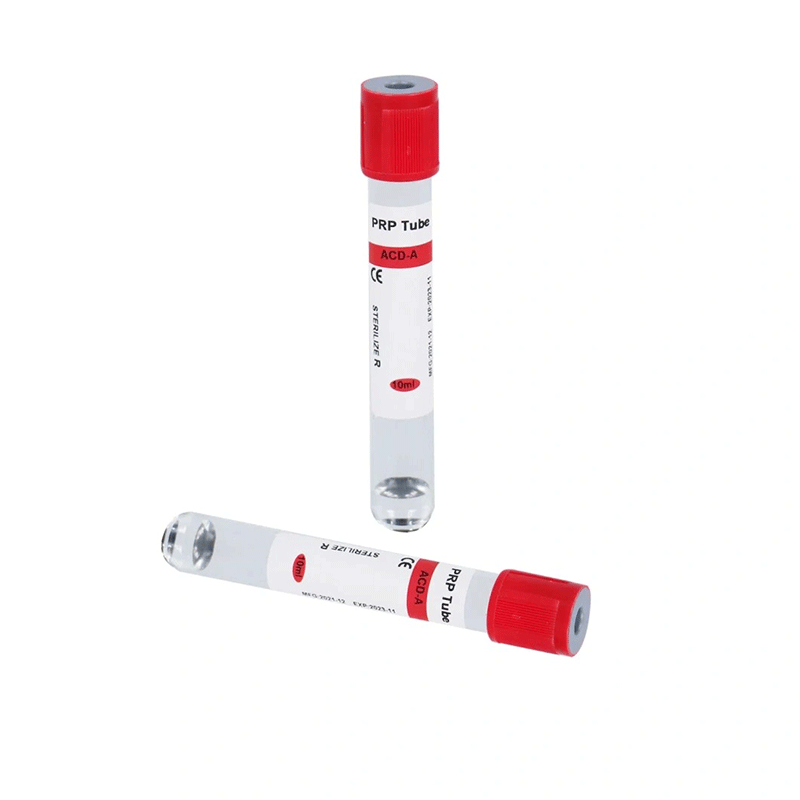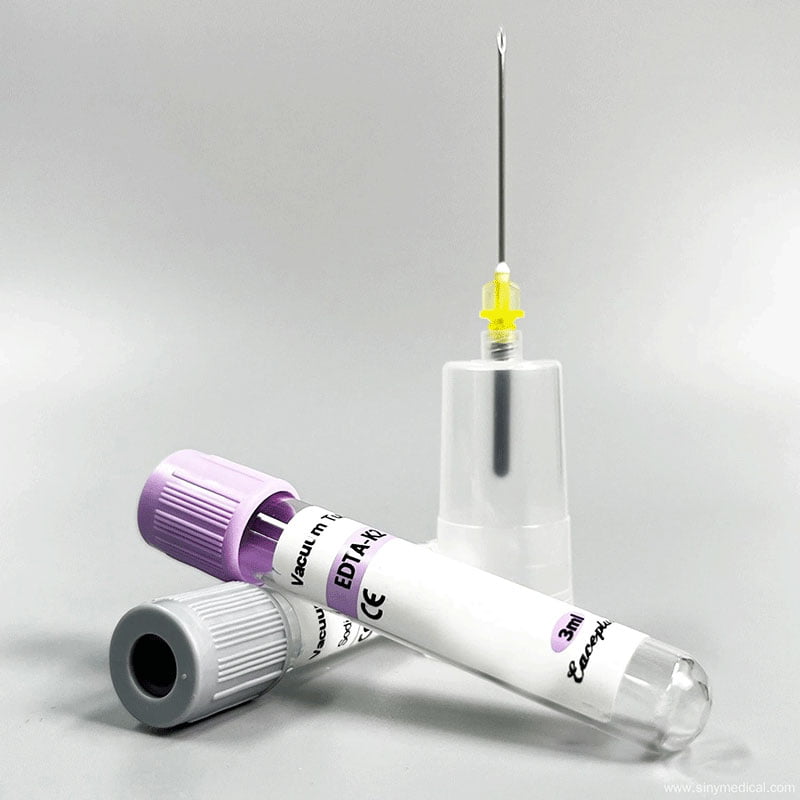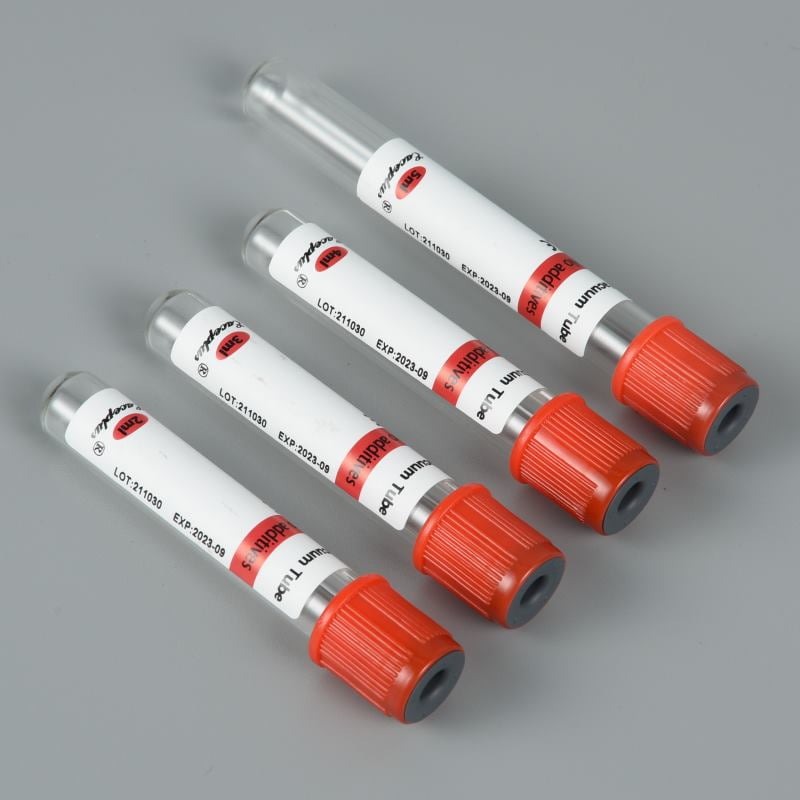Disposing of blood collection tube properly is crucial for maintaining safety and compliance with health regulations. This document outlines best practices for disposing of blood collection tubes, ensuring that healthcare workers, patients, and the environment face minimal risks during handling. Proper disposal methods not only protect individuals from potential biohazards but also adhere to legal and ethical standards in medical waste management.
Table of Contents
Understanding Blood Collection Tubes
Healthcare professionals use blood collection tube as specialized containers to collect, store, and transport blood samples for laboratory analysis. These tubes come in various types, each designed for specific tests and containing different additives that influence the processing of blood.
These tubes are essential in laboratories and medical facilities for collecting and storing blood samples. Many of these tubes contain hazardous additives, and once used, they may classify as biohazardous waste. As a result, it is crucial to follow specific protocols for their safe disposal.

Disposal Guidelines
Segregation of Waste:
Segregate blood collection tube from regular waste. Place them in designated biohazard containers immediately after use to prevent exposure to bloodborne pathogens.
Use of Biohazard Containers:
Utilize puncture-resistant, leak-proof biohazard containers for the disposal of blood collection tube. These containers should be clearly labeled and color-coded according to local regulations.
Do Not Re-cap Needles:
If the blood collection tube is attached to a needle, do not attempt to re-cap the needle. Instead, dispose of the entire assembly in a sharps container.
Follow Local Regulations:
Adhere to local, state, and federal regulations regarding the disposal of medical waste. This may include specific guidelines on how to handle and transport biohazardous materials.
Training and Education:
Train all personnel involved in handling and disposing of blood collection tube in proper waste management practices. Regular training sessions can help reinforce safe disposal methods.
Documentation:
Maintain records of waste disposal, including the quantity of waste generated and the method of disposal. This documentation may be required for compliance with regulatory agencies.
Disposal by Licensed Waste Management Services:
Engage with licensed medical waste disposal services for the safe and compliant disposal of biohazardous waste. These services handle and process medical waste in accordance with legal requirements.
Types of Blood Collection Tubes
- Red Top Tubes: These contain no additives and are used for serum tests.
- Blue Top Tubes: Contain sodium citrate as an anticoagulant, primarily used for coagulation tests.
- Green Top Tubes: Contain heparin tube and are used for plasma tests.
- Purple/Lavender Top Tubes: Contain EDTA as an anticoagulant, commonly used for complete blood counts (CBC).
- Yellow Top Tubes: Used for blood cultures or specific immunology tests; they may contain additives like ACD or SPS.
- Gray Top Tubes Contain sodium fluoride and are used for glucose testing.
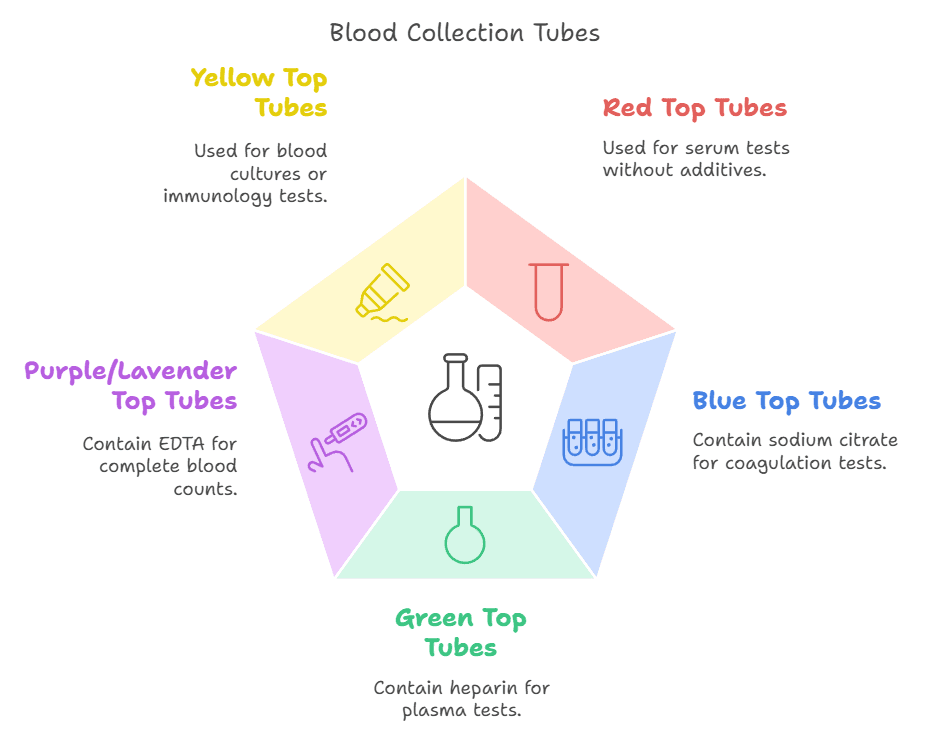
Why Proper Disposal of Blood Collection Tubes Matters
Improper disposal of blood collection tube isn’t just a safety hazard—it can have far-reaching effects:
Legal Repercussions: Most countries have strict laws governing medical waste disposal. Violating these regulations can result in heavy fines or even legal action.
Biohazard Risks: Blood-contaminated materials can carry pathogens, potentially causing infections and spreading diseases. Learn more about biohazard waste risks from the World Health Organization (WHO).
Environmental Impact: Plastic or glass materials in tubes don’t decompose quickly, adding to environmental pollution.
The Lifecycle of Blood Collection Tubes
Before we jump into disposal, let’s take a quick look at the lifecycle of a blood collection tube. Understanding this process will help highlight why proper handling and disposal are crucial.
- Manufacturing: Manufacturers make blood collection tube from materials such as plastic, glass, and rubber. Some tubes also contain anticoagulants or preservatives to maintain the integrity of blood samples.
- Usage: Healthcare professionals commonly use these tubes in hospitals, laboratories, and clinics to collect, store, and transport blood samples.
- Post-Usage: Once used, the tubes become biohazardous waste. They may contain infectious agents, making them a health risk if not handled correctly.

Wrapping It Up
Proper disposal of blood collection tubes is an essential aspect of maintaining safety in healthcare settings. By following the outlined guidelines, healthcare professionals can ensure that they minimize risks associated with biohazardous waste and comply with regulatory standards. Regular training and adherence to local regulations will further enhance the safety and effectiveness of waste disposal practices.
FAQs Blood Collection Tube Disposal
Can blood collection tubes be recycled?
Blood collection tubes be labeled are biohazardous and must be treated or disposed of properly. However, certain sterilized tubes made of specific plastics may qualify for recycling under strict regulations. Learn about recycling options for medical waste at the American Hospital Association (AHA).
What happens if blood collection tubes are not disposed of properly?
Improper disposal can spread infectious diseases, harm the environment, and lead to legal penalties. It’s essential to follow serum tube proper procedures to avoid these consequences.
Are there eco-friendly alternatives to traditional blood collection tube?
Yes! Some manufacturers are developing biodegradable and recyclable blood collection tube to minimize environmental impact.
Can I dispose of blood collection tube at home?
If you’re managing medical waste at home, consult your local waste management authority for guidance. Most areas have specific drop-off points or collection services for small-scale medical waste.
You May Also Read
- What is the role of Purple Cap Blood Collection Tube?
- When should Blood Collection Tubes be Labeled
- Types of Blood Collection Tubes and Their Uses
- The Power of Sodium Citrate Blood Collection Tubes
- Best Blood Collection Tubes for PRP
- A Guide to Choosing Quality Blood Collection Tube
- 7 Steps Of Blood Collection Tubes Manufacturing Process
If you enjoyed this article, please subscribe to our YouTube channel. We provide product video tutorials. You can also follow us on Instagram and Facebook to stay up to date with new updates, news and special deals.

